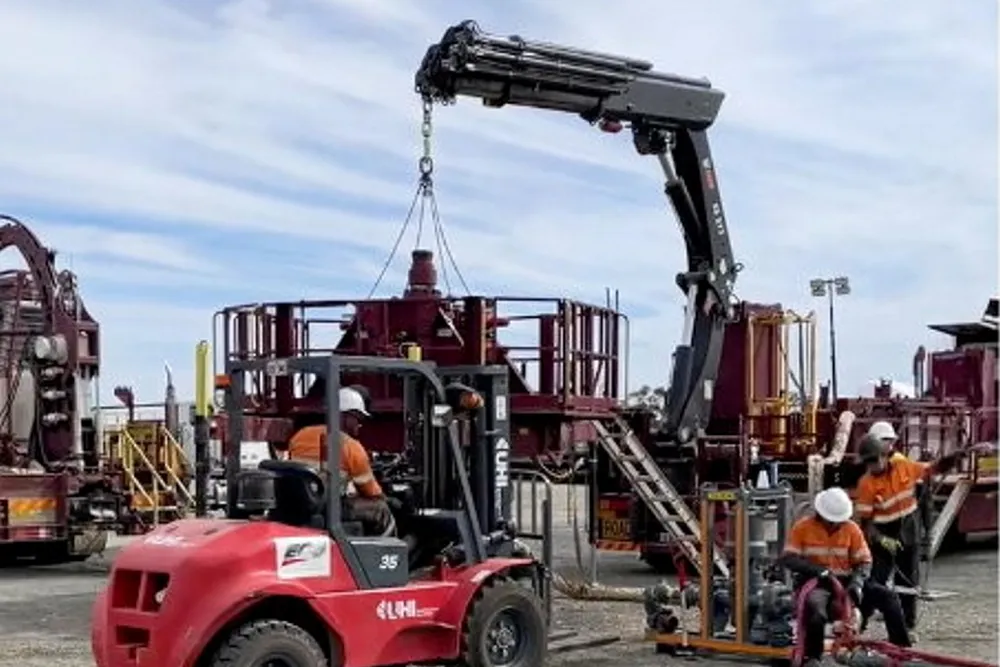Australia's first well tests for natural H2 begin as Gold Hydrogen seeks insights on its underground discoveries
Start-up estimates its block of land could have 1.3 million tonnes of hydrogen accumulated under the surface

Start-up estimates its block of land could have 1.3 million tonnes of hydrogen accumulated under the surface
